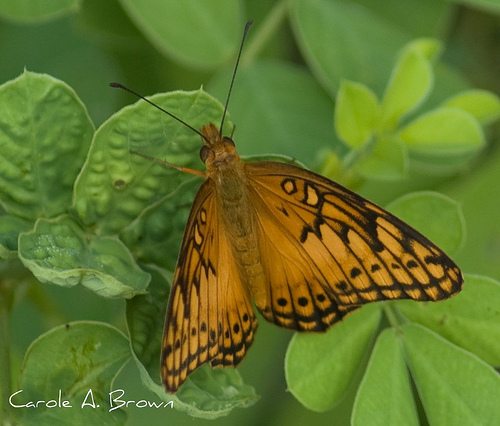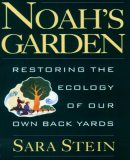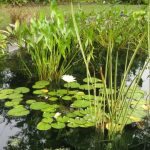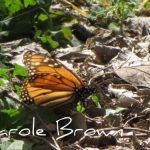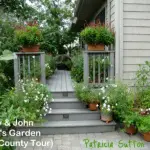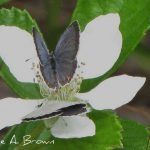It may come as a surprise to many that the gold standard of the green building industry, LEED certification, actually does very little to address the land beyond the building. The highest ranked LEED buildings may perform very poorly from a sustainability perspective.
Fortunately, this gap has been addressed by The Sustainable Sites Initiative, a cooperative effort of The Lady Bird Johnson Wildflower Center, The American Society of Landscape Architects, and the US Botanic Garden.
After 5 years of research, scientific study, and public input, the Sustainable Sites Initiative has released the nation’s first rating system for the design, construction and maintenance of sustainable landscapes, with or without buildings.
The slogan “Sustainable Landscapes Give Back” certainly strikes a chord with me because that is exactly what we are talking about here: giving back to wildlife, conserving soil and water, and using sustainable practices.
A subdivision, a shopping mall, or even one home—all have the potential to clean air and water, reduce flooding, cool urban air temperature, and combat climate change. And all can offer us respite, restoring our minds, bodies, and spirits.
Yet conventional land management practices too often damage the environment’s ability to provide essential benefits that support human health and well-being.
“While carbon-neutral performance remains the holy grail for green buildings, sustainable landscapes move beyond a do-no-harm approach,” said Nancy Somerville, Executive Vice President and CEO of ASLA. “Landscapes sequester carbon, clean the air and water, increase energy efficiency, restore habitats and ultimately give back through significant economic, social and environmental benefits never fully measured until now.”
“We are facing unprecedented environmental challenges such as water scarcity and climate change that require fundamental changes in the way that we interact with the land,” said Susan Rieff, Executive Director of the Lady Bird Johnson Wildflower Center at The University of Texas at Austin. “This voluntary rating system and guidelines covers all aspects of working with outdoor spaces of all sizes, and provides information for designing landscapes that go beyond beauty to actually improving ecosystem health and the health of communities for generations to come.”
“Landscapes can give back,” said Holly H. Shimizu, Executive Director of the United States Botanic Garden. “We believe that as these guidelines become widely used, not only will they be as transformative to the landscape industry as LEED was to buildings, but more than that, they will allow built landscapes to be regenerative like natural landscapes, and assist in mitigating some of the most pressing environmental issues we face today. We need to acknowledge our landscapes’ value, treasure them and cultivate them sustainably and responsibly. The need is urgent, the time is now and these guidelines, when used correctly, are the tools.”
When we create sustainable landscapes, the landscapes give back:
- Cleaner water and air
- Cooler cities
- Carbon capture that mitigates climate change
- Resource conservation and regeneration
- Greater energy efficiency
- Habitat conservation and biodiversity
- Lower costs and improved performance from stormwater management
- Better living conditions
More From Ecosystem Gardening:
Submit your review | |

